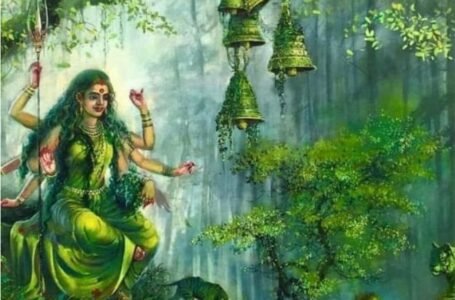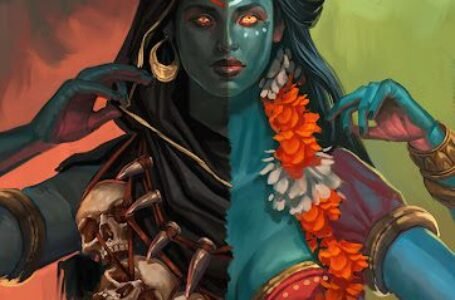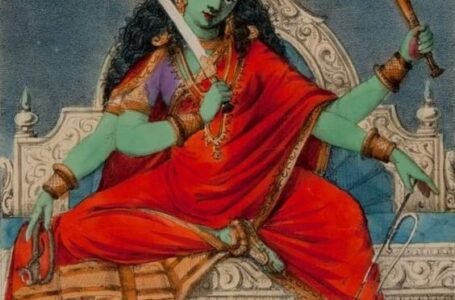PrideOfied : Bahuchara Mata the Patron goddess of Hijrahs

Bahuchara Mata, a manifestation of Mother Goddess, is the Patron Goddess of the Hijra community, which means eunuchs or hermaphrodites, or Trans Gender today. The term ‘transgender’ was coined by civil rights activists. In general, the Hijras (Trans-gender) practise ahimsa or non-violence. They regard the killing of birds and animals for no reason as a sin. Ahimsa also includes any type of unpleasant assault. As a result, Bahuchara Mata also represents ahimsa in general. Today, the term ‘hijra’ is thought to be disparaging. It is employed here without imputation to the character but with all due respect because it lacks the benefit of vernacular translation.
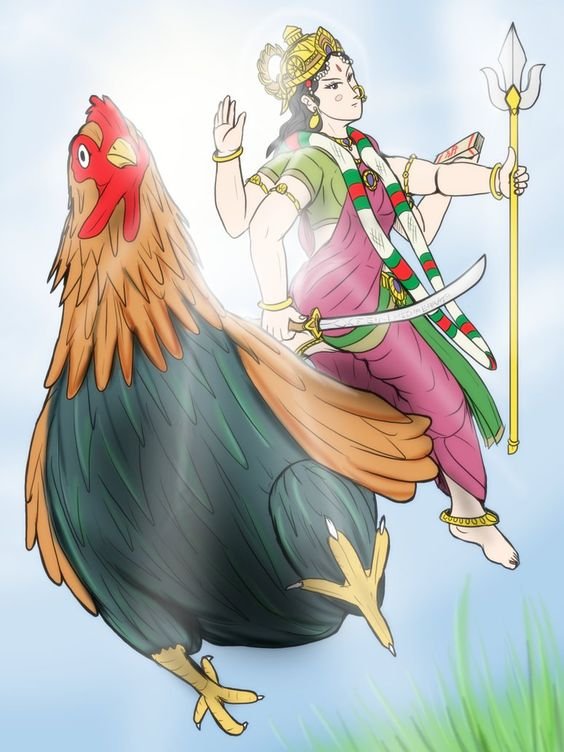
According to legend, Charan Bapal and Detha gave birth to Bahuchara. Bahuchara and her sisters were travelling in a caravan one day. A marauder named Bapiya tries to attack them. When caught, charan men and women have a history of refusing to submit. Instead of falling into the enemy’s hands, they choose to end their lives. So Bahuchara and her sisters yell ‘tragu,’ and then chop off their breasts, causing them to bleed to death. The shedding of charan’s blood was considered a horrible sin in charan’s belief. The marauder Bapiya was cursed to lose his manhood and become impotent as a result of this horrific deed. When he repented, he was freed from the curse years later. By wearing and acting like a lady, he prays to Bahuchara Mata and is forgiven for his crimes of indirectly pouring charan blood.

Hijras are persons who, in Hindu contexts, belong to a distinct class or caste, which is becoming increasingly rare; they are people like everyone else. They are usually Shakti worshippers, Bahuchara Mata devotees, Lord Siva devotees, or all three. Hijra culture appears to be influenced by a variety of religious traditions. The Kama Sutras are the first to mention the hijras as a third sex – tritiya prakriti. For fellatio or cunnilingus, the same-sex pair dressed up as male and female. The hijras were prohibited and vilified as “criminal tribes” by colonial invaders who did not regard their backyard as a place of sexual decency.
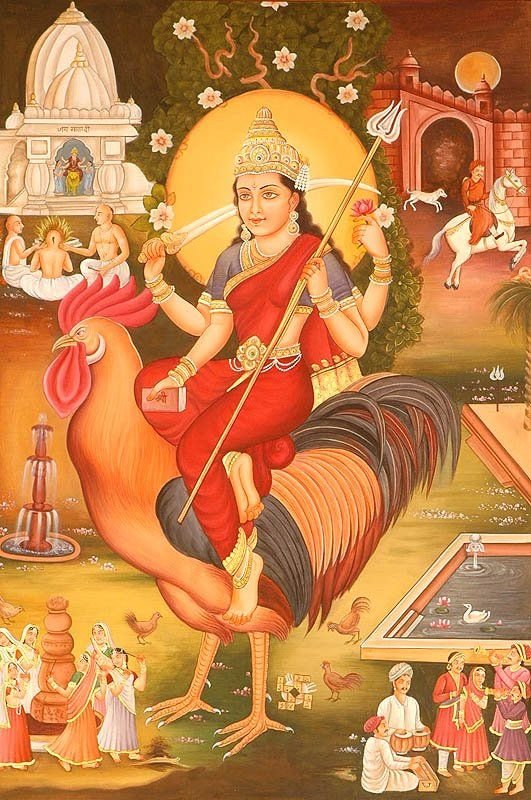
It is not essential to go into detail about the initiation procedure for being admitted into the hijrah society based on sexual physiology, except to state that it is known as the ‘Niwaan’ ceremony. In the banner of civil rights and as God’s children, hijras are now better safeguarded. In society, they are accorded more favourable treatment. They are well-organized, with adoption schemes for their own species, even spiritual gurus leading them. Hijras have a unique spiritual foundation. In the hijra community, Ardhanarisvara, the symbolical union of Siva and Parvathi, has a special meaning. They associate themselves with the Shiva-Parvathi union’s gender ambiguity. Hijras are also thought to provide boons.
This is a quotation from the Ramayana. When Rama goes into exile, he is followed by a dedicated audience. Many of them scream as he enters the woodland. Rama delivered a speech in which he requested that men and women return to Ayodya. When he returns to Ayodya fourteen years later, he discovers that the hijras have not left their area because no order was given to them because they were neither men nor women. Lord Rama praised them and granted them the ability to bestow benefits. Hijras of South India claim Aravan as their forefather. The ‘aravanis’ is the name given to this group.
According to the Mahabaratha, Ahiravan or Aravan wishes to assure the Pandavas’ victory, therefore he plans to sacrifice his lifeless body to Goddess Kali. That is, without a doubt, a good cause. On the other hand, the Pandavas want that as well, as a sacrifice on the battlefield was not unusual. But before risking his life for the Pandava cause, Ahiravan had a fantasy of being married and enjoying sexual delights. That sounded like a reasonable request, but who wants a flawed man in bed, especially when he was about to die? In the Kurukshetra, the clock was ticking. He had no idea that his condition prior had been wasted with an illusion! Aravan is later worshipped as Lord Aravan in his own right. The entire Mahabaratha narrative is reenacted in ritualistic dance and singing during Aravan rituals. The breaking of bangles, which is symbolic of the death of a husband, is a highlight of the Aravan festival in several districts of Tamil Nadu. Goddess Renuka is also said to protect transgender people in the South.
Male devotees known as ‘jogappa’ dress up as women and sing and dance in this temple. During wedding ceremonies, they are a popular group. Bahuchara Mata is represented with a sword in her right hand and a scroll of scriptures in her left. The Abhay hasta mudra, or blessings sprinkling, is represented by the lower right hand. In her bottom left hand, she wields a Trishula or trident. The Mata wears a crown that is heavily adorned. Her nose ring is round, and her earrings are thonggattan kundalas from south India. Mata is encrusted with jewels. Her crimson saree-clad body is adorned with an extended garland. Her portraits showcase her in a natural setting with vegetation and fauna. The rooster is her vahana, a territorial bird that announces its territory by crowing. As a result, each dawn is heralded with a summons to rise and shine. It also represents purity, the imminence of spiritual awakening, and knowledge.
In Lord Skanda’s battle flag, the rooster is also portrayed as ‘Seval.’ In several mythologies, the rooster serves as a conduit for communication between gods and humans.’ Theyyam’ cults are known for splashing rooster blood in Hindu ritualistic devotion. The sage Parasurama is credited with inventing the Theyyam dance. In a lighter spirit, roosters represent irresponsible romantic partners who have no intention of being monogamous.
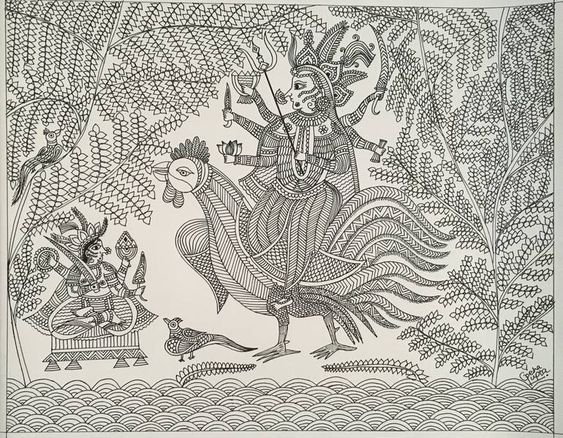
Another legend claims that her vehicle is the serpent with two mouths ‘Kurkut.’ This is an attempt to connect Goddess Bahuchari to the Sri Chakra and Kundalini energy. Bahucharaji is considered to be situated on the low end of the spine, with the other end of the spine leading to Sahastrar, implying that Bahucharaji is the goddess of kundlini enlightenment, which leads to liberation or moksha. As a result, she is said to be a manifestation of Goddess Durga, and her Tantrism name is Bala Tripurasundari. In Tantric worship, the Bala is thought to give Virya, or semen, to men. Impotent males are believed to pray for Abhaya, varad, and Vidhya, as well as their desired boons and fortune.
For the boon of an offspring, a king prostrates before Bahuchara Mata. He has a child. Prince Jeta, on the other hand, was powerless. In his nightmares, the Goddess instructs him to shave his genitals and dress in women’s clothing. He must then devote the rest of his life to serving her. The Goddess also chooses all of the region’s impotent men to be chopped off. Breaching this rule would result in seven generations of impotency. This narrative is claimed to have spawned the Bahuchara Mata cult, whose adherents must self-castrate and stay celibate.
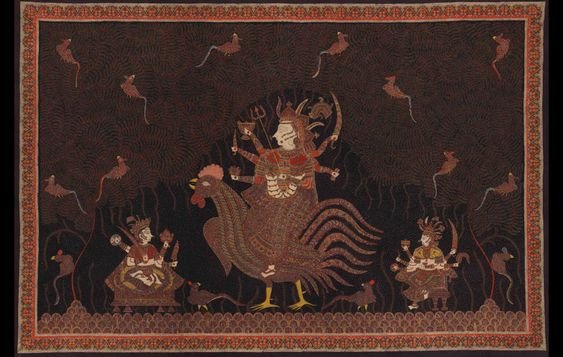
Another intriguing myth about Bahuchara Mata can be found here. The goddess used to be a princess who had a wayward spouse. He no longer visits the bridal bed, preferring instead to hide in the forest, where he ‘behaves like a lady.’ He’s castrated, so that’s what he gets!
A man who attempted to molest Bahuchara Mata is another rendition. He was doomed to be impotent. When he decided to ‘drop’ his manhood, dress as a woman, and serve the goddess, he was pardoned as usual. Footnote: Folklore, in general, contradicts conventional story-telling principles.
The temple of Bahuchara Mata, with its stone carvings, is located in Bechraji town in the Mehsana region of Gujarat, India, and is said to have been built in 1783 AD. The Varakhdiwala temple in Bechraji is the birthplace of Bahuchra Mata. Another is Sankhalpur’s Toda Mata shrine, which is two kilometres away. The Goddess is worshipped as Bala at Bahucharaji, Ambika at Ambaji, and Kalika Mother at Pavagdah, among the three Shakti Peeths in Gujarat. Mataji is a young girl who lives at Bahucharaji.
